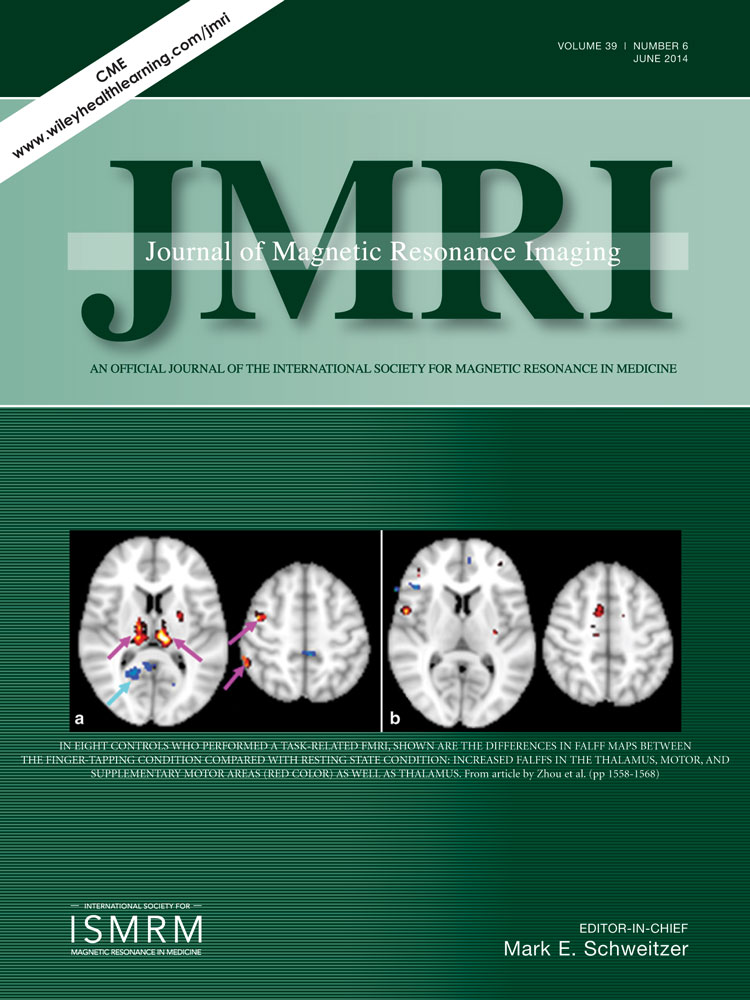In vitro validation of flow measurement with phase contrast MRI at 3 tesla using stereoscopic particle image velocimetry and stereoscopic particle image velocimetry-based computational fluid dynamics
Abstract
Purpose
To validate conventional phase-contrast MRI (PC-MRI) measurements of steady and pulsatile flows through stenotic phantoms with various degrees of narrowing at Reynolds numbers mimicking flows in the human iliac artery using stereoscopic particle image velocimetry (SPIV) as gold standard.
Materials and Methods
A series of detailed experiments are reported for validation of MR measurements of steady and pulsatile flows with SPIV and CFD on three different stenotic models with 50%, 74%, and 87% area occlusions at three sites: two diameters proximal to the stenosis, at the throat, and two diameters distal to the stenosis.
Results
Agreement between conventional spin-warp PC-MRI with Cartesian read-out and SPIV was demonstrated for both steady and pulsatile flows with mean Reynolds numbers of 130, 160, and 190 at the inlet by evaluating the linear regression between the two methods. The analysis revealed a correlation coefficient of > 0.99 and > 0.96 for steady and pulsatile flows, respectively. Additionally, it was found that the most accurate measures of flow by the sequence were at the throat of the stenosis (error < 5% for both steady and pulsatile mean flows). The flow rate error distal to the stenosis was primarily found to be a function of narrowing severity including dependence on proper Venc selection.
Conclusion
SPIV and CFD provide excellent approaches to in vitro validation of new or existing PC-MRI flow measurement techniques. J. Magn. Reson. Imaging 2014;39:1477–1485. © 2013 Wiley Periodicals, Inc.




